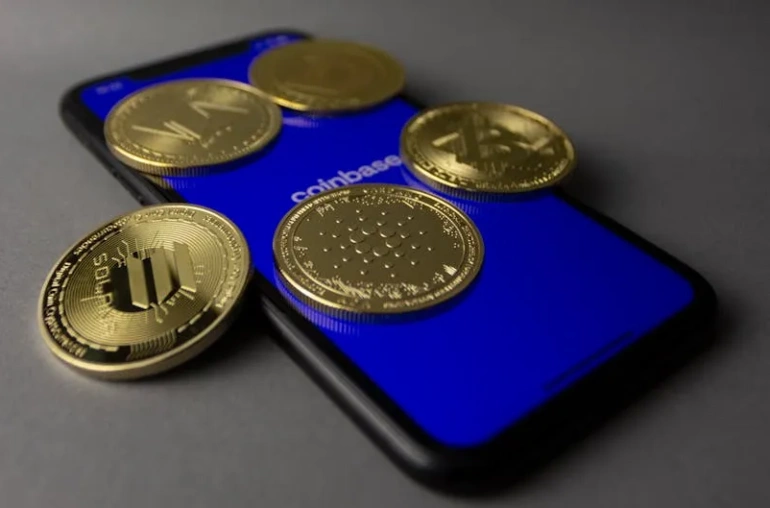
Court Decision Unfreezes $57 Million in USDC Amid Libra Token Lawsuit
In a significant legal development within the cryptocurrency landscape, a U.S. court has ruled to unfreeze $57 million worth of USDC (USD Coin) that had been held in connection with the ongoing Libra token lawsuit. This decision marks a pivotal moment for the parties involved and the broader implications for cryptocurrency regulations and legal frameworks.
Background of the Libra Token Lawsuit
The Libra token, initially launched by Facebook and now under the umbrella of the Diem Association, has faced numerous challenges since its inception. The project aimed to create a stablecoin that would facilitate global transactions and financial inclusion. However, it has encountered regulatory scrutiny and legal hurdles, primarily due to concerns over compliance with financial regulations and the potential impact on monetary sovereignty.
The frozen USDC was part of the financial instruments involved in the lawsuit, which has drawn attention not only from the cryptocurrency community but also from regulatory bodies worldwide. The funds were held while the court deliberated on the legal implications surrounding the Libra token and its operational framework.
Implications of the Court’s Ruling
The court’s decision to unfreeze the USDC is seen as a positive outcome for the Diem Association and its stakeholders, as it allows them to access vital resources for ongoing operations and development. This ruling could also set a precedent for how similar cases are handled in the future, potentially influencing regulatory approaches to cryptocurrency projects.
Legal experts suggest that this ruling may strengthen the position of cryptocurrency companies in litigation scenarios, particularly regarding asset freezes that can disrupt business operations. The decision indicates a growing understanding within the legal system of the complexities surrounding digital currencies and their role in the global economy.
Future of the Libra Project
As the Libra project continues to evolve, the unfreezing of the USDC is a crucial step forward. The Diem Association has been working diligently to address regulatory concerns and adapt its operational model to meet compliance requirements. This includes enhancing transparency and engaging with regulators to foster a more favorable environment for cryptocurrency innovations.
Moving forward, the cryptocurrency community will be keenly observing how this ruling influences the trajectory of the Libra token and similar projects. The ongoing dialogue between cryptocurrency innovators and regulatory bodies will likely shape the future landscape of digital currencies.
Conclusion
The unfreezing of $57 million in USDC is not just a legal victory for the Diem Association but also a reflection of the evolving relationship between cryptocurrency projects and the legal frameworks that govern them. As the landscape continues to change, the developments surrounding Libra will serve as a case study for the interaction between innovation and regulation in the rapidly growing world of digital finance.



